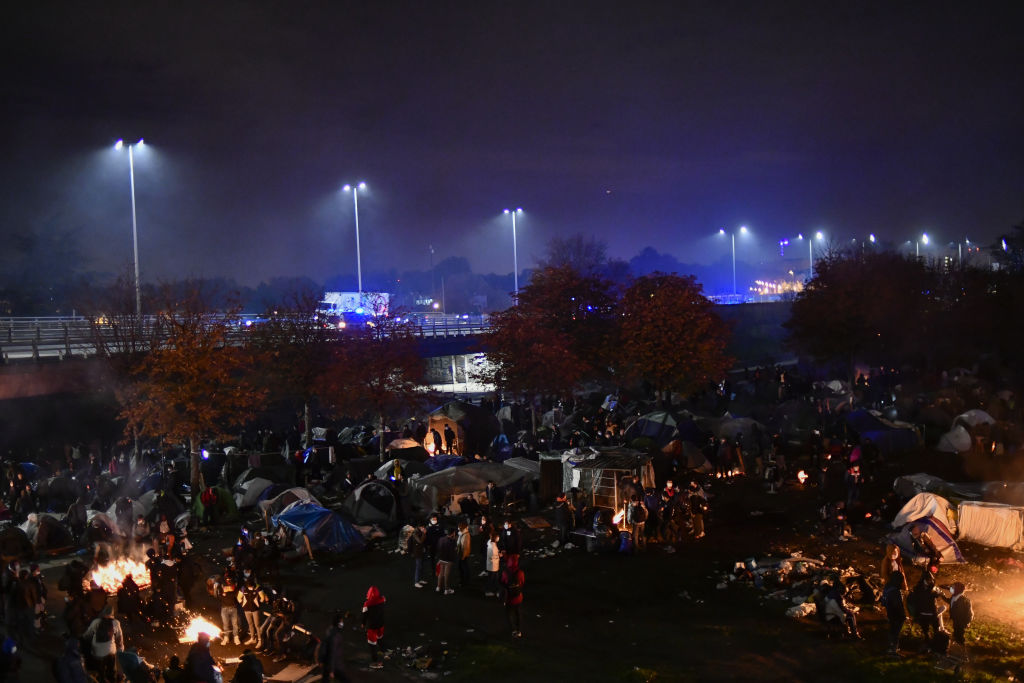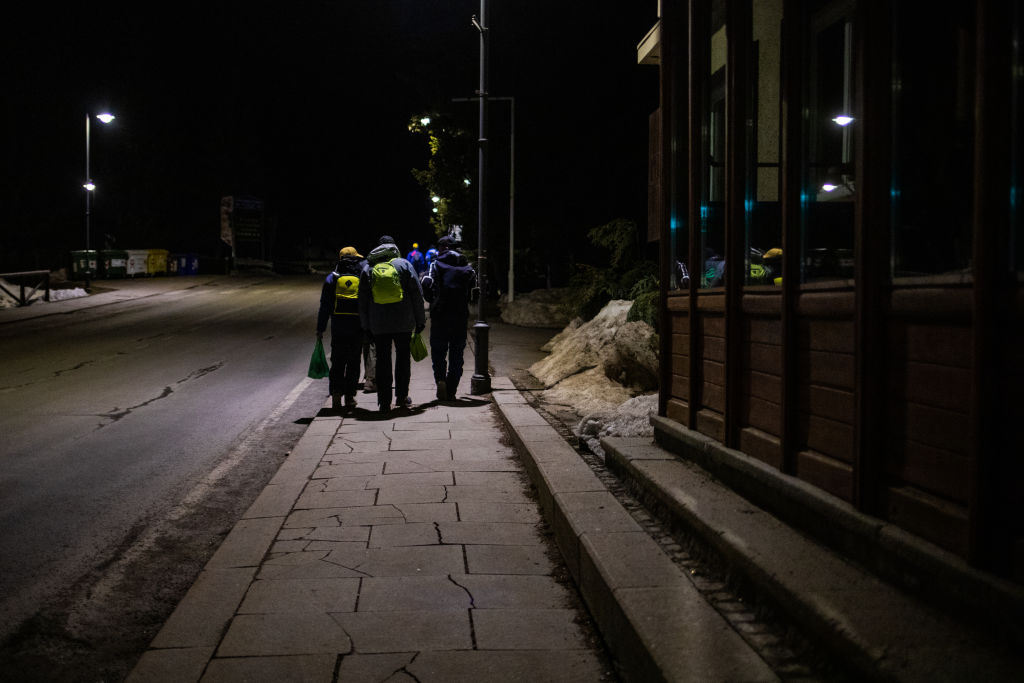Shadow Population
Why Europe has stopped counting its undocumented population
Europe’s anxiety over migration has roiled its politics and swung elections. A majority of people in the European Union would like to see immigration reduced. Since there is still broad support for people who have come to Europe to live or work legally, people explain their worries about immigration by focusing their concern on those who are present illegally. Hostile media coverage portrays these “illegals” as queue-jumpers, bogus refugees or even terrorists. In the dry jargon of the EU, they are irregular migrants.
Given that these fears are redrawing politics in some European countries you might expect that considerable time and effort is being spent to understand just how many irregular migrants are living in Europe. So it should be a surprise to discover that we do not know. By this we do not mean that we know these figures roughly but not exactly. We do not know and we choose to no longer count.
METHODS
Through a series of in-depth conversations with the authors of the last meaningful study into the population dynamics of Europe’s stock of irregular migrants, this investigation seeks to illuminate how out of date the estimates that currently inform EU policy are. We undertook a review of flawed studies and bad data that have emerged since 2009.
The last serious effort to count Europe’s shadow population came over a decade ago. The Clandestino project pulled together leading experts from 12 countries who account for 80 percent of the EU’s population. The people they were trying to count can most simply be described as ‘those who might face some sort of order to leave if their presence was detected in a country’.
These expert insights were then tested against three major EU municipalities: Rotterdam, Hamburg and Milan. In each of these cities individual stories from the shadow population were collected to be relayed alongside context from civil society organisations who work with undocumented communities.
STORYLINES
‘Migration data is inherently political,’ said Marta Foresti, managing director of the Overseas Development Institute, the UK’s leading think tank working on migration. ‘Governments and politicians can use [high] numbers of irregular migrants to scare the hell out of voters or [low numbers] to show their restrictive policies are working. It’s useful politically to not have accurate numbers.”
In the United States estimates of the shadow population have remained relatively steady at around 10 million – or 3 percent of the overall population. This number is part of public discourse on immigration. The estimate is based on residual theory, a method that compares the total number of registered foreign-born residents with the total number of foreign-born people detected in the census.
The difference between the two numbers – with some adjustments to reflect the difficulty of detecting undocumented migrants during the census – forms the estimate. Residual theory does not work so well in the EU. As well as being a bloc of 28 countries whose census schedules are not synchronised there is the Schengen Area, an effectively borderless zone comprising 22 of the member states. People do not always sit still to be counted.
To Europe’s many critics of mass migration the shadow population is a symptom of porous borders and generous welfare systems, failings that must be met with tougher laws and stricter enforcement. But there is another way of looking at this population according to which their continued presence and possibly growing number is actually a perverse outcome of the policies designed to reduce migration. From this point of view the urge to pacify voters and deter them from switching to populist anti-immigration parties is actually pushing more people into the shadows.
An increasing number of national governments and city authorities are finding themselves on opposing sides of this argument.
To keep up to date with Lighthouse investigations sign up for our monthly newsletter
The Impact
Our investigations don’t end when we publish a story with media partners. Reaching big public audiences is an important step but these investigations have an after life which we both track and take part in. Our work can lead to swift results from court cases to resignations, it can also have a slow-burn impact from public campaigns to political debates or community actions. Where appropriate we want to be part of the conversations that investigative journalism contributes to and to make a difference on the topics we cover. Check back here in the coming months for an update on how this work is having an impact.




